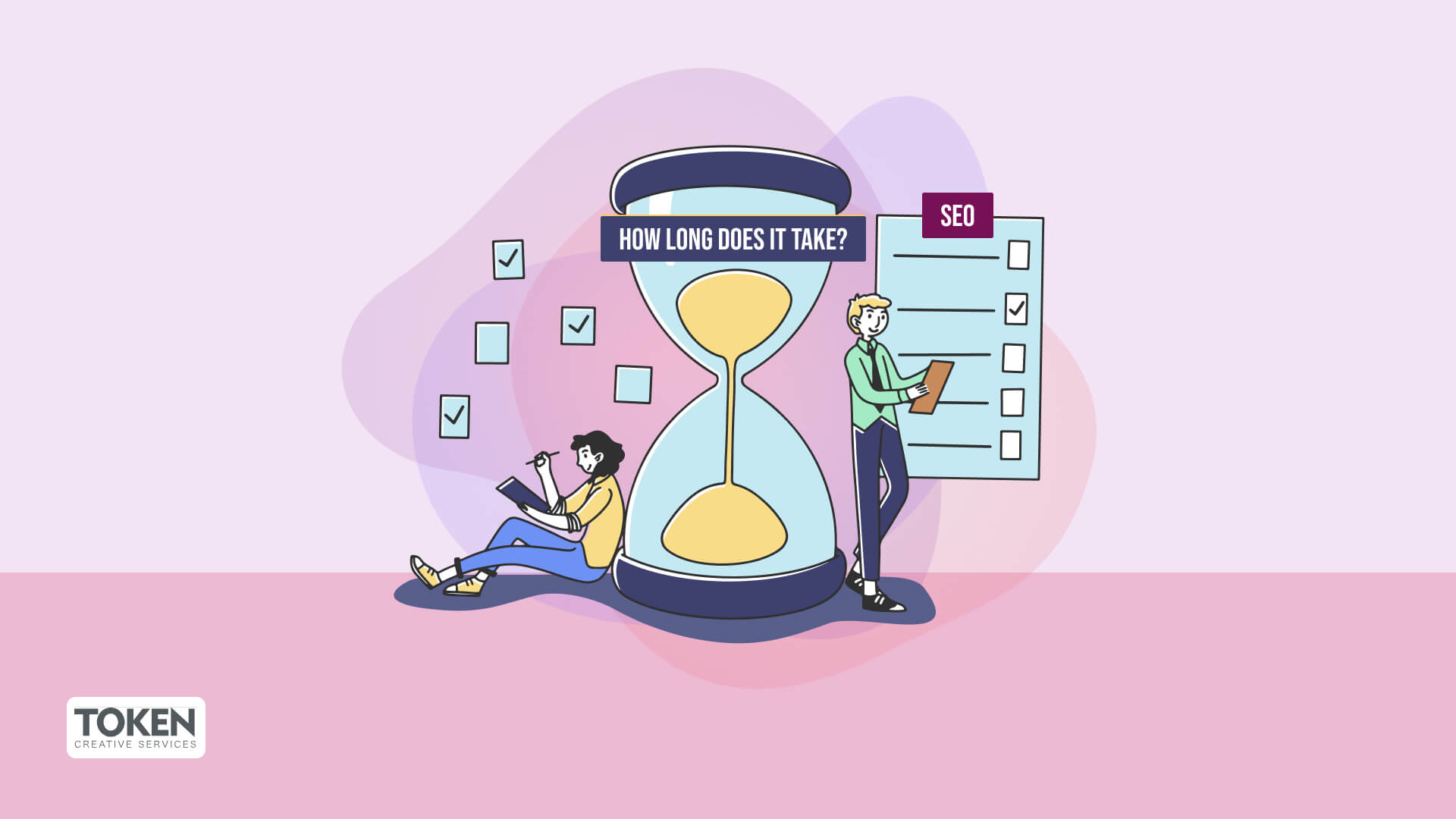The Ultimate Online Store SEO Guide: Strategies, Tricks & Best Practices for Digital Success
The Ultimate Online Store SEO Guide: Strategies, Tricks & Best Practices for Digital Success
Blog Article

In today's online landscape, eCommerce SEO is a fundamental aspect of running a profitable internet store. With Google and Bing being the primary source of visitors for most eCommerce businesses, optimizing your website for SEO can greatly influence your reach, revenue, and overall expansion. According to BrightEdge, over 53% of all website visits comes from organic search, making it crucial for digital retailers to prioritize SEO tactics that boost rankings and increase conversions. This guide will help you understand eCommerce SEO strategies, best approaches, and real-world data findings to help your business succeed in a crowded market.
Understanding eCommerce SEO and Its Importance
SEO for eCommerce sites goes beyond basic website optimization. It involves enhancing item listings, collections, and the overall website architecture to improve rankings and UX. According to Moz, the top-ranking websites on Google get 31.7% of all traffic, while lower-ranked listings get significantly less visibility. By adopting an effective online store SEO strategy, businesses can drive organic traffic and reduce reliance on advertising-based advertising.
Key online store SEO factorscomprise keyword research, site optimization, schema markup, loading performance, and mobile-friendliness. Google’s mobile-prioritized ranking further emphasizes the necessity of enhancing for mobile-friendly stores, as over 72.9% of eCommerce transactions now come from mobile devices (Insider Intelligence).
Keyword Research: The Foundation of Online Store SEO
Proper increase traffic with mobile-first indexing eCommerce keyword analysis is essential for appearing higher in Google listings. By finding the right search terms, businesses can reach prospective customers at various stages of the buying process.
Steps for Successful Keyword Research:
Identify Buyer Intent Keywords: Use platforms like online business Google Keyword Planner, Ahrefs, and SEMrush to discover effective buying-related keywords (e.g., "buy running shoes online").
Leverage Long-Tail Keywords: Phrases like "best running shoes for flat feet" often have lower competition and higher conversion rates.
Analyze Competitor Keywords: Tools like SpyFu and Ubersuggest help find keywords that drive traffic to rival sites.
Optimizing Item and Category Pages for SEO
Product and category pages play website crawlability a vital role in eCommerce SEO. Optimizing these sections guarantees better rankings and a smoother user experience.
Best Methods for Item Page SEO:
Use Unique Product Descriptions: Avoid duplicate content by writing original descriptions.
Optimize Title Tags & Meta Descriptions: Include main search terms while keeping them engaging and to-the-point.
Add Clear Images with Alt Text: Improves SEO visibility and enhances UX.
Internal Connections: Direct customers and crawlers to related items and collections.
Enhance Your Online Store Sales with Professional SEO
Finding it difficult to improve your rankings and drive more traffic to your eCommerce site? Token Creative Services specializes in eCommerce SEO that boosts online exposure, brings in targeted customers, and increases conversions.
Stand out in search. Grow your revenue. Get ahead.
Reach out now for a tailored SEO plan that delivers real results.
Conclusion
eCommerce SEO is a long-term effort that demands careful planning, execution, and patience. By following best practices, improving product and category pages, and focusing on site optimization, digital retailers can experience long-term growth. As Google algorithms continue to change, remaining informed with the latest digital SEO trends is crucial.
Are you ready to take your eCommerce business to the higher stage? Begin optimizing today.
Report this page